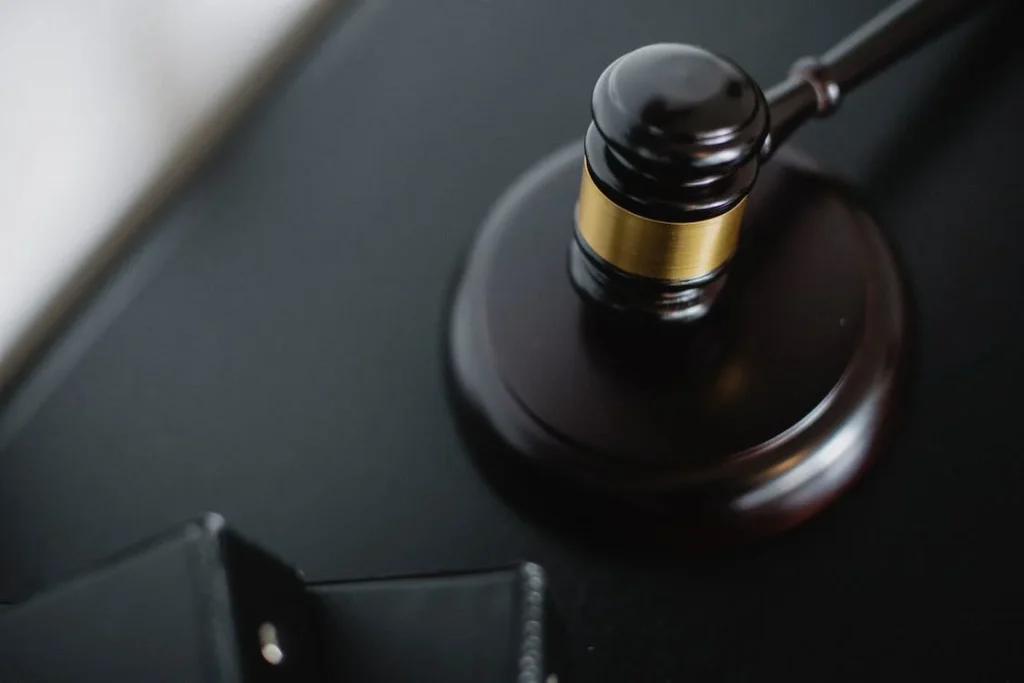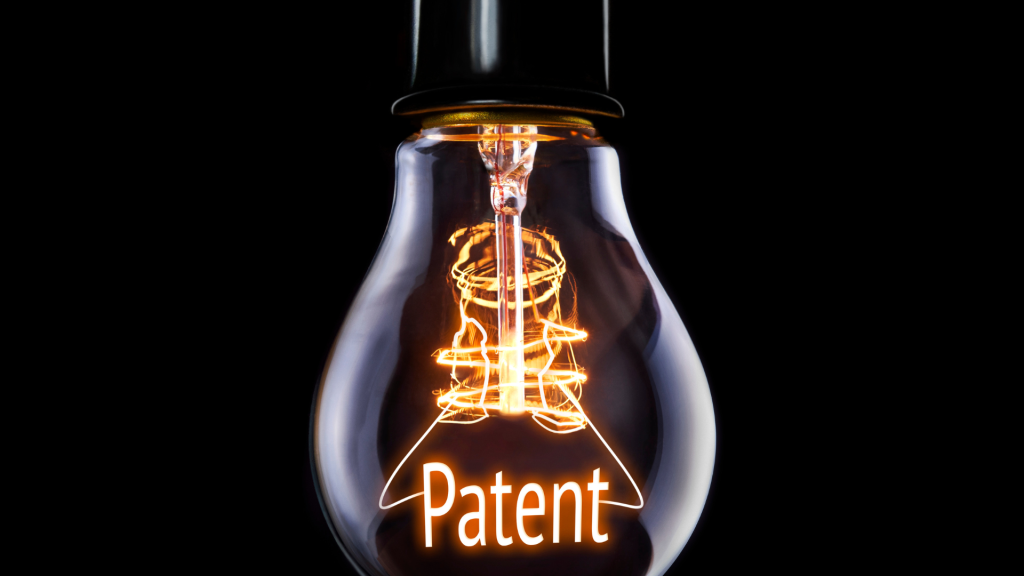This is part of a series of articles discussing recent orders of interest issued in patent cases by the United States District Court for the District of Massachusetts.
In ACQIS, LLC v. EMC Corporation, No. 14-cv-13560, Judge Burroughs ordered supplemental briefing on EMC’s motion for attorney fees because, while EMC had requested in camera review of its litigation expenses, it had not explained the basis for its request. The Court observed that, absent a request by all parties, it “generally disfavors in camera review of billing records to support a motion for fees as it deprives the opponent of an opportunity to object or otherwise respond.” The Court then ordered EMC to provide “supplemental briefing with a detailed breakdown of time and costs, within 30 days,” adding that Defendant may file an accompanying motion to seal “if it believes it is warranted.” The Court gave ACQIS 14 days to respond to EMC’s filings.
In Egenera, Inc. v. Cisco Sys., Inc., No. 16-cv-11613, Judge Stearns denied Egenera’s motion for judgment as a matter of law pursuant to Fed. R. Civ. P. 50(b) and Egenera’s motion for a new trial pursuant to Fed. R. Civ. P. 59.
Motion for Judgment as a Matter of Law
At trial, the jury found that Egenera failed to prove that Cisco’s Unified Computing System (“UCS”) product infringes two asserted claims. Egenera later argued it was entitled to judgment as a matter of law, contending the only basis upon which the jury could have found non-infringement was by improperly importing additional limitations into the claims.
The Court disagreed, finding that the jury was properly instructed to compare the UCS product to the language of the claims themselves and not to consider the presence or absence of any additional features in assessing infringement. Additionally, the Court found ample basis in the record to support the jury’s findings. The Court concluded that “[w]hile Egenera may have found this testimony unpersuasive rebuttal to the testimony of its own expert, the fact that the jury did not weigh the evidence as Egenera might have wished does not mean that the jury improperly imported additional limitations from outside the claim language.”
Motion for New Trial
Egenera raised four arguments in support a new trial, all of which the Court rejected.
- Alleged Violations of the Court’s Motion in Limine (MIL) Rulings
Egenera argued that Cisco violated multiple MIL rulings during closing arguments. The Court evaluated Egenera’s assertions for plain error because Egenera failed to object to the allegedly improper arguments during closing.
First, the Court substantively rejected each of Egenera’s alleged violations, finding that it “cannot say that any alleged error was plain.”
Next, the Court rejected Egenera’s contention it was effectively precluded from objecting due to the Court’s practice of disfavoring sidebars and/or by rules of professionalism and decorum. The Court noted that Egenera lodged objections at other times during trial. The Court also found that even if Egenera felt constrained to not interrupt mid-argument, that did not explain why Egenera did not raise its objections once counsel had finished closing.
- Alleged Improper Lay Witness Testimony
Egenera argued that Cisco elicited improper expert testimony from two of its lay witnesses, which argument the Court found Egenera waived by failing to object during examination. The Court observed that while it had denied Egenera’s earlier motion to exclude these witnesses’ opinions, it did not authorize the witnesses to offer expert opinions and thus the burden was on Egenera to lodge an appropriate objection at trial.
The Court also found that Egenera failed to show prejudice resulting from the alleged improper testimony because Egenera opened the door by asking about one of the asserted patents.
- Failure to Include a Jury Instruction on Earlier Patents
Egenera argued that the Court’s decision not to include a jury instruction “explicitly stating that a product can infringe an earlier patent even if it is also covered by a later patent” left the jury “unaware that the existence of Cisco’s own patents did not preclude or otherwise ‘automatically negate infringement.’” The Court disagreed, finding the jury was sufficiently informed when instructed (1) “what mattered for infringement purposes was whether the product met all elements of the claims themselves (i.e., not whether it was subject to any other patents);” and (2) “the presence of additional features would not defeat a showing of infringement.”
- Failure to Include a Curative Jury Instruction on Copying
Last, Egenera argued that the jury was prejudiced to a degree warranting a new trial when the Court made the statement during empanelment that “to infringe essentially means to copy without permission” and that the Court should have provided a curative jury instruction. The Court disagreed, finding a distinction between “introductory remarks made to the venire during the winnowing down of prospective jurors” and “formal instructions given to the actual jury once seated.” The Court found it provided sufficient instructions once the jury was seated and sworn by instructing that “(1) nothing the court said or did during any phase of the trial should influence their ultimate decision on the merits; (2) what mattered for infringement purposes was whether the accused product met all elements of the claims themselves (i.e., not any preferred embodiment); and (3) a party could infringe a patent even if it did not know the patent existed.”
In JT IP Holding, LLC v. Florence, No. 20-cv-10433, Judge Talwani issued an order reminding the parties that the Court’s Standing Order Regarding Motion Practice (link) requires, inter alia, submission of printed courtesy copies of certain motions and related papers. The Court then ordered counsel to “comply with this order as to all pending and any further motions.”
In SoClean, Inc. v. Sunset Healthcare Solutions, Inc., No. 20-cv-10351, Judge Talwani denied Sunset’s motion to enforce a purported settlement agreement.
SoClean brought two separate actions against Sunset alleging, inter alia, patent and trademark infringement. The actions were consolidated, mediation failed, and the consolidated action proceeded.
Between October 2021 and February 2022, counsel for Sunset and then-counsel for SoClean engaged in settlement negotiations. It was undisputed that during a phone call on February 10, 2022, SoClean’s then-counsel made a proposal of settlement terms, to which Sunset’s counsel agreed, and that SoClean’s then-counsel communicated that “any settlement would need to be subject to a final written settlement agreement, including approval by SoClean’s board.” On February 11, Sunset’s counsel memorialized the agreed-upon terms in an email, and SoClean’s then-counsel confirmed and stated that he would prepare a draft agreement. On March 2, SoClean’s then-counsel reported that SoClean’s board would not approve the settlement. Three weeks later, SoClean’s then-counsel withdrew, and new counsel entered appearances for SoClean. On April 8, Sunset filed a motion to enforce the settlement agreement, to which SoClean opposed.
The Court first rejected SoClean’s argument that material settlement terms remained outstanding, instead finding that the February 11 email “appears to set forth all the material terms” that were the results of the “months-long settlement negotiations,” during which “neither side brought up other key terms to be negotiated.”
However, the Court agreed with SoClean that its then-counsel lacked both actual and apparent authority to bind SoClean to a settlement agreement. As to actual authority, recognizing that “a general retainer, standing alone, does not permit an unauthorized attorney to settle claims on his client’s behalf,” the Court found no facts in the record “as to the authority given by SoClean” to its then-counsel. As to apparent authority, the Court found that the authority needs to be “established by conduct or representations between the principal and the third party.” Finding “no manifestations of [SoClean]’s consent” to be bound, the Court concluded that Sunset cannot demonstrate apparent authority.
In addition, the Court held that even if SoClean’s then-counsel had the authority to bind SoClean, the settlement agreement would still be unenforceable because it “included a condition precedent of board approval,” which was timely communicated to Sunset but was not satisfied.
Accordingly, the Court denied Sunset’s motion to enforce the settlement agreement.
___
This post was originally published by Finnegan, Henderson, Farabow, Garrett & Dunner, LLP.



